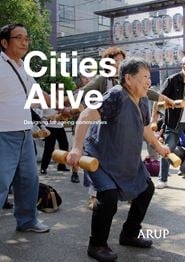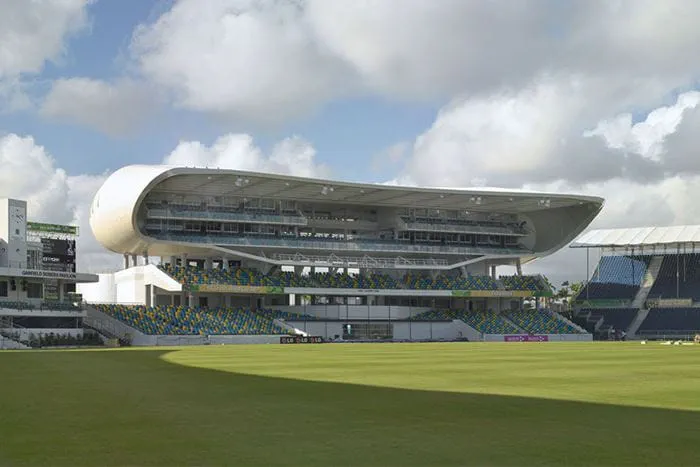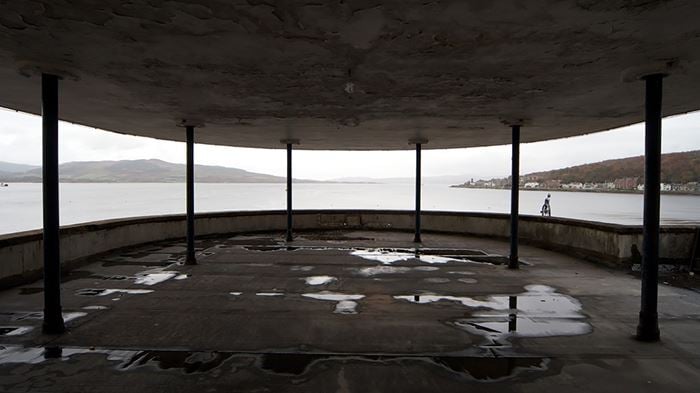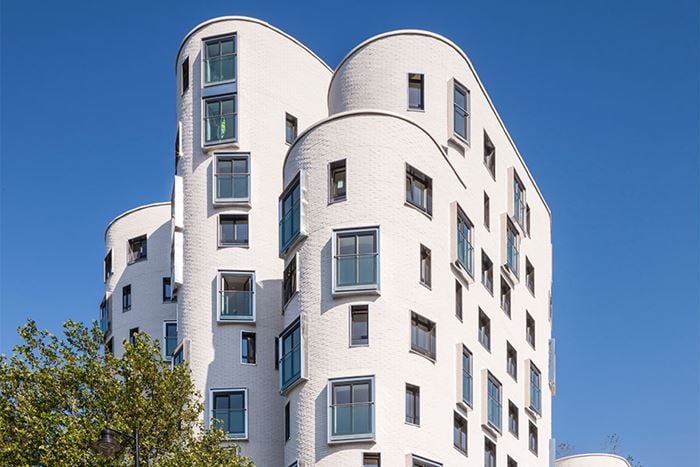Buildings should work for everyone, but too often they fall short of this ambition. We believe that inclusive design must reflect the widest range of people’s requirements, and should be a feature of every building. Our team works on projects to ensure they’re as easy to navigate and use whatever your personal circumstances or identity, including age, culture, ability, gender and family or economic status.
Designing for accessibility and inclusion is about being future-focused and human-centred. From wayfinding to lighting, layout to operations, we take time to consider the needs of today’s users but also how that might change over the lifetime of a building or space.
“Arup’s Inclusive Environments team briefed us well, providing pace and accuracy, and responded well to comment… [the team] understands both the technical and commercial realities that are in play on projects. ” Dan Buckley Senior Manager - Global Capital Projects, Lloyds of London
Reputation, risk and the user experience
Developers, investors and building owners need to be confident that properties and other assets are not only commercially successful, but meet their obligations – legal, social and moral. By considering inclusive design early on, and again throughout the development process, all of these obligations can be considered to help future proof buildings and reduce the need for retrofit or redesign later on.
For example, signage and other wayfinding systems need to incorporate visual, tactile and audible elements, so that they cater for everyone - including people who are blind or partially sighted, deaf or hard of hearing, people with learning disabilities, and people for whom the resident language is not their first.
Shaping your project
Inclusive design should be considered at every stage of the project lifecycle. If you start earlier, the stronger the solution will be, avoiding expensive late-stage alterations, and lowering the ongoing cost of management and maintenance.
Our process:
-
We begin with research and consultation, forming user groups to explore the asset’s true purpose and needs.
-
We help you to identify the right inclusion standards and understand the wider impacts on the local environment and community.
-
During the inclusive design process itself we ensure no-one is overlooked and that all standards are met or exceeded.
-
The construction phase is important too, and we can ensure testing of lighting, noise and crowding factors is robust, and that inclusion aspects of the design aren’t inadvertently ‘managed out’.
-
Once your building is complete our inclusive design team can provide ongoing support, to make sure the asset stays relevant and usable by all
Evolving issues
Changing demographics, such as an ageing population and a work force with an increased pension age will impact the future of a space. Social changes such as gender identity, women in professional workspaces, international mobility and the observation of religious practices at work are key factors that can increase future proofing.
Working with our Foresight research team, Arup is able to identify opportunities and lead discussions on demographic and social changes that will take place over the lifetime of a new building or infrastructure project. We can make sure you stay one step ahead of the world’s fast-changing definitions of inclusivity and accessibility.
Inclusivity in action
These three projects show how a joined-up approach to inclusive design can lead to environments that inspire and set new standards:
Inclusive environments are a smart investment and socially responsible choice. Work with us to make sure your next building or asset embodies tomorrow’s standards.
A percentage of our team’s profits can be reinvested into working with local charities and with the International Development team in Arup, to input into equality and inclusion projects in lower-income countries.
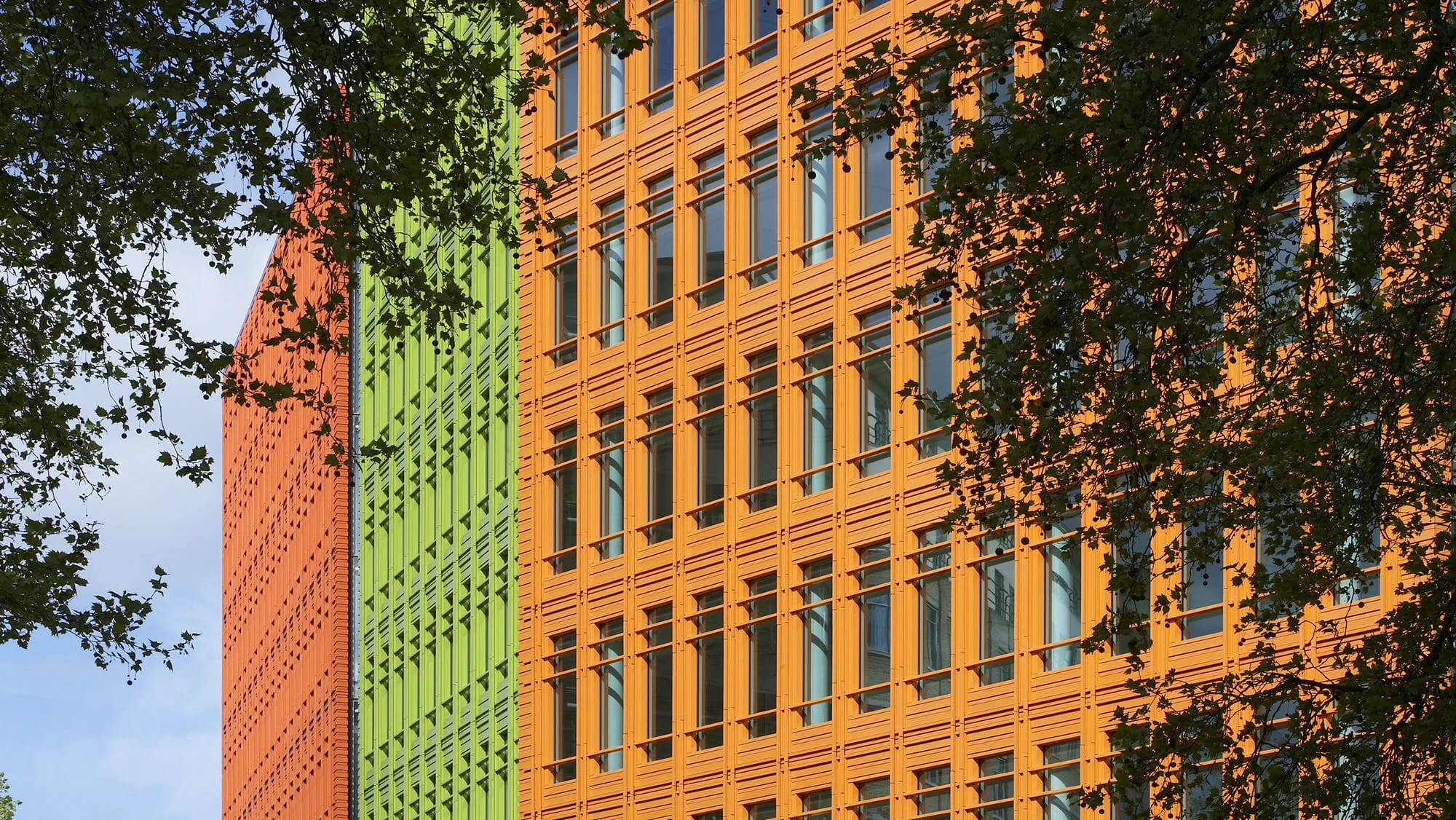 ;
;


